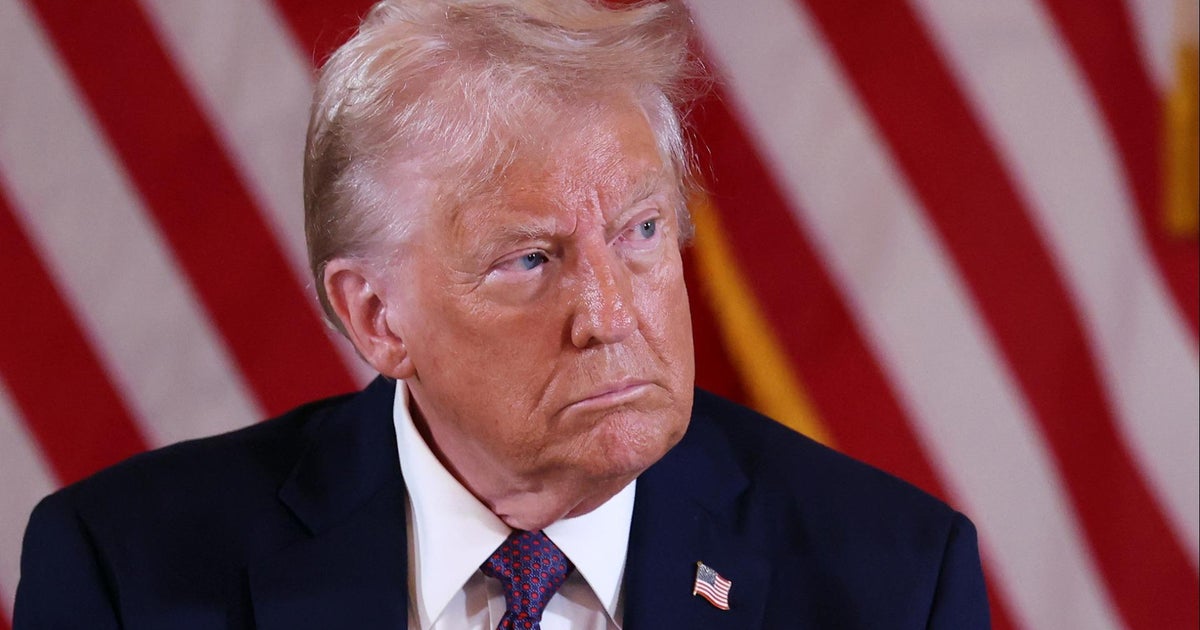Proposed tax breaks for electric cars look generous — but they're complicated
The Inflation Reduction Act comes with seemingly generous benefits for electric vehicle buyers, part of the Biden administration's effort to lift EV sales to half of all cars in the U.S. in less than a decade. So, with gas prices still high, is now a good time for motorists to go electric?
Well, it depends. Many EVs that currently qualify for tax credits are left out under the new bill, while some of the most popular models — which don't qualify for government assistance today — would be eligible for the new tax incentive. Meanwhile, automakers warn that a large portion of U.S.-made cars would miss out on the most generous credits because of stringent sourcing requirements (designed to exclude China) for EV batteries.
Here's what anyone interested in buying an electric car should know about the tax breaks under the inflation bill.
A generous tax credit — with a big asterisk
The bill introduces two credits for new EVs, totaling up to $7,500 per car. A new electric vehicle can qualify for a credit of $3,750, provided it meets certain conditions: Its final assembly must take place in North America; it must cost under $55,000 ($80,000 for pickups or SUVs); and buyers must have annual income of less than $150,000 (more if they are married or heads of household).
An additional credit of $3,750 applies if the EV's battery meets some fairly stringent requirements. Automakers are raising concerns that those requirements will render the full credit unavailable for any U.S. car.
Not all batteries included
To qualify for the full $7,500 credit, car batteries must be assembled in North America or a country with which the U.S. has a free trade agreement — they can't be made in China, which today manufactures most batteries. Indeed, car makers have raised the alarm that no cars currently on the U.S. market would get the full credit, given China's importance in the battery market.
"Fundamentally, there's no vehicle that meets that [requirement] today, and with the current supply chain of batteries, it's going to be extremely difficult to meet it within the time frames in the bill," said Carla Bailo, CEO of the Center for Automotive Research. "Even Tesla, which has the greatest amount of American content, with the Gigafactory in Nevada, it doesn't come close."
While there are 72 EV models for sale in the U.S. today, none of them are eligible for the $7,500 credit under the sourcing requirements, according to John Bozella, CEO of the Alliance for Automotive Innovation. The AAI called the requirement "a major setback" to the industry's goal of 50% EV sales by 2030.
IRS will have final say
Consumers shouldn't despair, however, as the version of the bill that passed the Senate on Sunday isn't the last word on EV credits, said Joe Britton, executive director of the Zero Emission Transportation Association (ZETA).
While the legislation draws broad strokes, it will ultimately be up to the IRS to spell out exactly how the agency will determine which cars meet the sourcing requirements. The IRS has until the end of the year to release those details, according to the inflation bill.
"The challenge is we don't know how the IRS and Treasury are going to measure [the requirements]. They're obviously not going to count every gram of lithium or cobalt — they're not well positioned to do that," Britton said. "In the bill, it's written as a percentage of value, and value can be measured in a lot of different ways."
ZETA is pressing lawmakers to give automakers longer deadlines to comply with the sourcing requirements, Politico reported. It's also possible the Treasury Department could temporarily waive those sourcing requirements without congressional action. That's what happened with the "Buy America" provisions of last year's infrastructure law, Politico noted.
For the first time, you can get a tax credit for used EVs
The Inflation Reduction Act also includes a tax break for people who purchase a used EV. And unlike with new cars, used electric cars aren't subject to any battery restrictions.
Buyers of a used EV can qualify for a $4,000 credit as long as the purchase price of the car is under $25,000.
"That's a big deal for middle-class families — it will help them afford EVs," said Bailo, of the Center for Automotive Research.
However, that price applies to less than one-fifth of used EVs sold today, Scott Case, head of the research company Recurrent, told the New York Times.
Tesla, GM, Ford models get a credit extension
The best-selling electric cars in America — those made by Tesla, Ford and GM — currently either get no tax credit or, in the case of Ford, are about to lose their credit. That's because all three manufacturers have sold too many cars to be eligible for the $7,500 EV credit that is on the books today.
The new clean vehicle credit eliminates the per-manufacturer limit of 200,000 units, meaning that buyers of those cars will be once again eligible for at least $3,750 back from Uncle Sam.
The Chevy Bolt, the cost of which starts at just over $25,000, would again qualify for the credit. The Ford Mustang Mach-E, which was the second-best selling EV last quarter and has a starting cost of about $44,000, would also qualify for the credit.
As for Tesla, only its cheapest Model 3, with a base price of just under $47,000, would qualify for the credit while its Model Y SU would qualify at all trim levels.
Luxury vehicles and some foreign cars don't qualify
Tesla's luxury models, including the Model S and Model X, cost too much to qualify for the tax credit, so they are left out in this bill.
Other popular luxury models, including the Audi e-tron, Porsche Taycan and Polestar 2 also wouldn't qualify because they are either too expensive or assembled outside North America. Several low-priced foreign brands would be left out of the credit as well, notably the Hyundai IONIQ 5 and Kia EV6, because they are assembled in South Korea.
An indirect boost for buyers?
Buyers of EVs are facing a tough market, as prices for all kinds of vehicles are soar amid supply-chain issues and rising costs of things like metal and batteries.
With the typical EV still roughly $10,000 more than the equivalent traditional vehicle, EVs will need all the help they can get to reach the U.S.' goal of cutting fossil-fuel use enough to stave off the worst effects of global warming by mid-century.
While EV sales recently hit 5% of all new car purchases in the U.S., they will need to grow exponentially to hit the Biden administration's clean-transportation targets.
To that end, the IRA includes a bevy of provisions that try to make it cheaper and easier for car makers to build in the U.S. Funding for extracting battery minerals, advanced production and advanced-energy projects will make clean cars cheaper to manufacture. Savings that should trickle down to consumers, according to ZETA's Britton.
"Some companies could look at the bill and see the industrial policy being more valuable than the demand the [consumer EV] credit creates," he said. "The vehicle credit is the biggest driver for a consumer, but if you're a manufacturer, the help and support and industrial policy this bill provides is enormously helpful."




